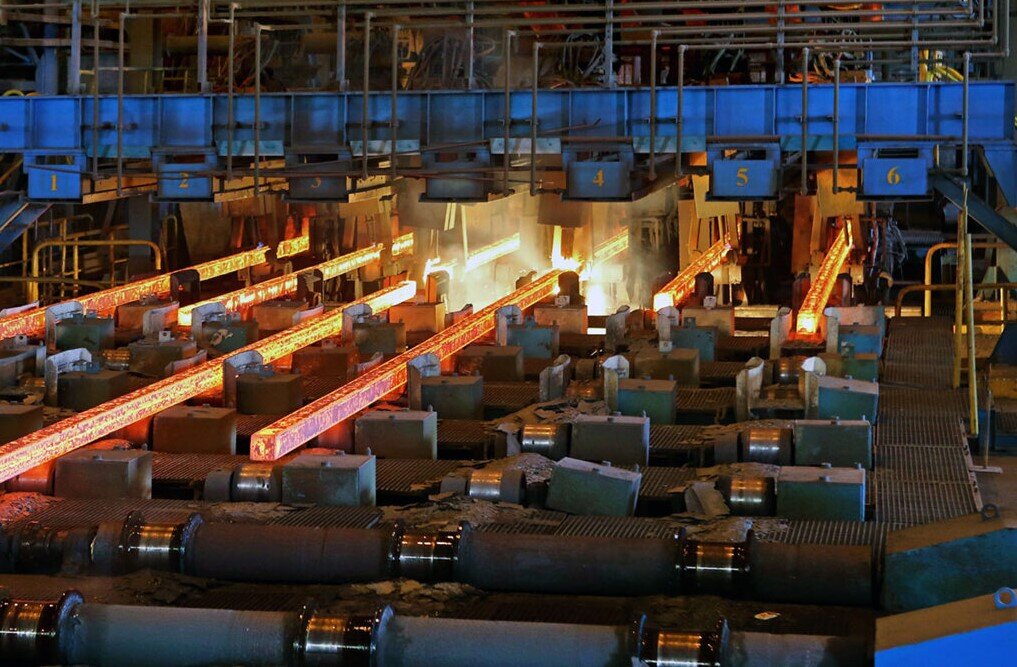Iran’s iron, steel exports up 13% in 4 months on year

TEHRAN – Iran’s iron and steel exports rose 13 percent in the first four months of the current Iranian year (starting March 21), equivalent to an additional 469,000 tons, the Iranian Steel Producers Association (ISPA) said.
The value of exports in the iron and steel production chain climbed seven percent year-on-year to more than $2.3 billion during the period, according to ISPA data.
Exports of billet and bloom, which had posted an eight percent drop in the first quarter of the year, reversed course in the four-month figures to record a 15 percent increase.
The upward trend also continued in raw material shipments, with iron ore concentrate exports surging 78 percent from a year earlier – a development that has raised concern among domestic steelmakers about potential shortages for local production.
Iran, West Asia’s top steel producer, has been ramping up overseas sales despite Western sanctions that complicate shipping and payments.
The country’s steel exports have found steady markets in Asia, including China and Southeast Asia, as well as in Africa, where demand for construction materials is rising.
Last year, Iran exported more than 10 million tons of steel products, worth over $6.0 billion, despite logistical and financial constraints.
Industry officials say maintaining export momentum requires balancing foreign sales with domestic supply, especially as infrastructure and housing projects inside Iran consume significant volumes.
The government has in recent years encouraged downstream steel production and value-added exports, seeking to move away from reliance on raw iron ore sales. However, the sharp increase in concentrate exports in early 2025 has sparked debate within the industry over whether raw material shipments should be curbed to support domestic manufacturing capacity.
ISPA has called for “a balanced export policy” that safeguards domestic needs while allowing Iranian producers to compete in global markets. The association also urged continued investment in modernizing plants, boosting energy efficiency, and expanding port facilities to handle larger cargo volumes.
With global steel demand projected to recover in 2025 following a slowdown in the construction and manufacturing sectors, Iranian producers are aiming to consolidate their foothold in key foreign markets while navigating geopolitical and economic headwinds.
EF/MA
Leave a Comment